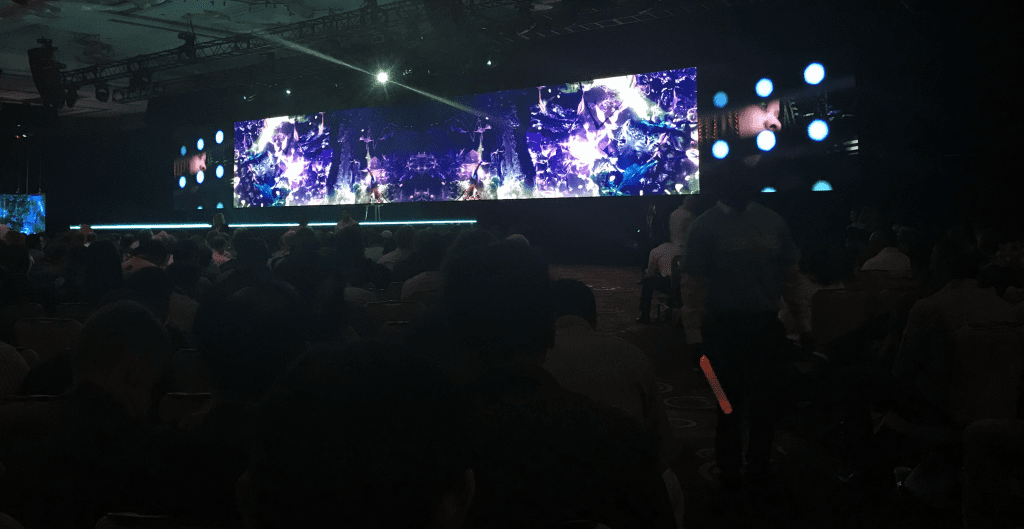As communicators, when we’re given client briefs, we have a pretty clear sense of the tools at our disposal and put together picture-perfect strategies to achieve the goals set out for us. It is also because we are communicators that we need to evolve alongside, and at the same rate as, the technology that powers the ways audiences interact with brands. Last week’s re:MARS conference convinced me even further that it’s imperative for communicators to open up our apertures and allow in more resources to elevate our strategies.

re:MARS was inspired by MARS, an event put on last year to help lead a new era of innovations in machine learning, automation, robotics and space. Here are a few of my key observations, and the impact they have on communicators:
- We need to think more abstractly about what “data” means, or, in other words, what it has the possibility to become in order to broaden our apertures. Historically speaking, we use data-sets like demographics or psychographics to inform the strategies that we put together, whereas with AI/ML the data you use can be facial features, like the data THORN uses to combat child sexual trafficking, or the minute attributes that make an object such as a chair truly a chair, like a variety of new vendors do to construct 3D renders of products online, even when they only have 2D source material.
- Communications subject matter experts should partner with AI experts to come up with solutions in our respective domain. Andrew Ng, famous for observing, “AI is the new electricity,” pointed this out in his keynote address that a creative marriage of this type will yield impactful results because SME’s have expertise on what’s valuable to the business, whereas the AI expert can help them to articulate or express ideas by building it through MARS.
- People will (and already do) anthropomorphize tech and robotics. Kate Darling, Research Specialist at MIT Media Lab, noted that people treat robots like living things and brought up both the incident in 2015 when a hitchhiking robot’s beheading devastated the masses as well as her own research around PLEO the dinosaur robot. The same has also been said about voice assistants, and while we’d now perhaps deem these forms of tech as “smart,” they’re certainly not sentient. I think as communicators we need to start being sensitive to this innate human behavior when it comes to either a) the products we design, or b) how we market these products to audiences.
- Voice isn’t the “next” frontier, it’s the now and it’s growing. Just as the advent of smartphones built a whole market for mobile app developers, so too do voice assistants in providing the architecture for companies to build their own products and services. For instance, there was a smart bicycle built that can help you customize bike routes and even voice-activate dancing bears. On the skills side of it, brands will be able to work with voice developers to help users achieve and predict a specific goal, a night out on the town for example. Previously if you wanted to go to dinner and a movie, you’d need to open one skill to find somewhere to eat and make the reservation, then exit the skill and open another skill to find a movie theater, showtime and tickets. Now that interaction will be more seamless with cross-skill predictions based on what the end-goal of the interaction is. If we’re to think of our audience’s complete user experience with a brand, what are the frictionless ways we should be integrating across skills (or skill-sets for that matter) that’ll allow them to have the most pleasant experiences? What are some products or services that we can now provide using the power of voice?
While the conference ranged the four core competencies that comprise MARS (machine learning, automation, robotics and space), its two key themes were most consistent throughout each presentation: the optimism and the democratization of AI. I am as optimistic about this arena as anyone in attendance last week and look forward to applying these learnings in an effort to broaden our apertures and allow new ways for thinking into our strategies.


